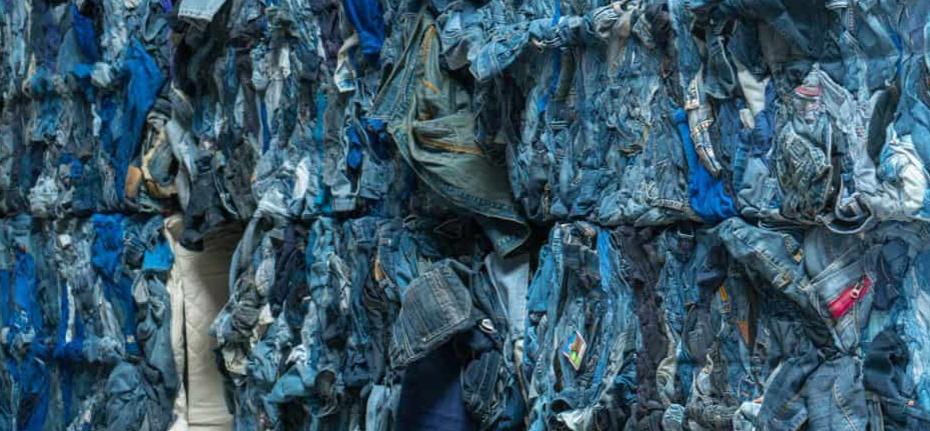The fashion industry is among the most unsustainable industries. When unsold or at the end of their useful lives, billions of pieces of clothing are simply discarded, ending up in landfill or incinerators. As per estimates made by consulting firm McKinsey and the World Economic Forum, the annual production of garments has at least doubled since 2000.
Textile recycling is one of the main solutions identified to tackle the issue of textile waste, alongside strategies such as waste reduction, garment lifetime extension, and the growth of the second-hand economy. Textiles for recycling can be of two types: Post-consumer, which comes from garments discarded by consumers, and Pre-consumer, from the manufacturing process of a product, including scrap created as a by-product from yarn and fabric manufacture.
According to Ellen MacArthur Foundation, only a fraction of the garment undergoes recycling, with approximately 87 per cent of fibres used to make garments either burned or dumped in a landfill. To produce recycled fibres of superior quality, it is necessary to segregate the textile waste into fractions consisting of pure materials.
Challenges
Recycling and other sustainable practices can transform textile waste into valuable resources. However, to enable large-scale recycling, minimising the mixing of fibres is crucial, as separating fibre blends during the recycling process is both costly and difficult. Companies often encounter challenges when expanding their fibre-to-fibre recycling operations by recycling blended textiles into new fabrics for clothing production. Presently, recycling technologies face five primary challenges:
1. Absence of commercially viable recycling methods for low-grade textile fractions
2. Lack of mainstreamed, up-scaled processes and expertise to separate fibre types from mixed blends and composite structures
3. High cost of recovery processes
4. Prevalence of low-quality materials and blends dominating the recycling end-market
5. The expensive logistics and limited availability of textile recycling facilities at both local and regional levels.
Furthermore, textile recycling techniques should successfully pass the Life Cycle Assessment (LCA) to ensure environmental sustainability. The LCA highlights an important aspect of the textile supply chain, specifically focusing on recycling techniques, transportation distances between textile recycling plants and waste collection areas, and energy consumption during transportation.


